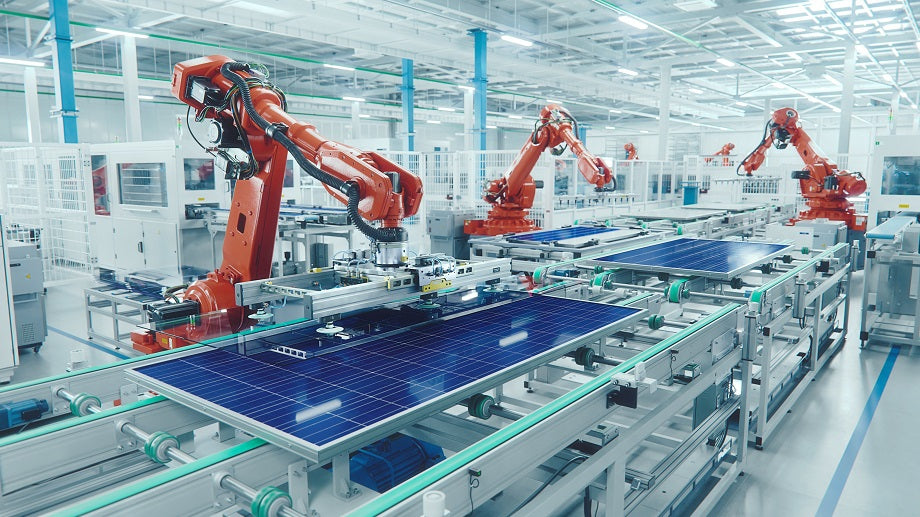
The Interoperability Revolution in Manufacturing
Share

Breaking Down Automation Silos
Walk through any factory and you’ll see it — a mix of old and new machines struggling to communicate. Some systems date back decades, others are brand new. Yet they all must work together.
For years, factories operated like isolated islands. Each vendor created its own “language,” forcing engineers to juggle incompatible systems. This chaos limited innovation and drained budgets.
Now, that’s changing fast. The long-awaited interoperability revolution is finally here. Manufacturers are connecting once-disconnected systems through open standards, and it’s transforming industrial automation.
Escaping the Vendor Lock-In Trap
Think back to choosing your first smartphone. Once you picked iOS or Android, switching became painful. Automation worked the same way.
Legacy vendors locked customers into closed ecosystems. Once you committed, changing suppliers meant massive costs and downtime. Many plants stayed with the same vendor for decades, not by choice but by necessity.
That old model is collapsing. Open communication standards like OPC UA now enable true interoperability. These protocols matured beyond lab tests and deliver production-grade reliability.
Today’s controllers embrace these standards at the core. They no longer rely on clunky add-ons or gateways. Instead, systems from multiple vendors now “speak” the same language directly.
Imagine every device in your factory collaborating seamlessly — that’s what’s happening now.
Solving the Security Myth
Some managers still ask, “Aren’t open systems less secure?” It’s a fair question but an outdated one.
For years, people believed closed systems offered stronger protection through secrecy. Recent cyberattacks proved otherwise. Proprietary doesn’t mean safe.
Modern open systems now deliver zero-trust security, encryption, and continuous authentication. These same frameworks protect banks and government agencies.
Unified security means easier management. Teams apply one policy across all systems, monitor from a single dashboard, and detect threats faster.
As one expert said: “Ten systems using one secure standard beat ten unique protocols any day.”
Counting the Cost Benefits
Your CFO will smile at the numbers. Open interoperability slashes integration and maintenance costs dramatically.
Studies show operating costs can drop by 30%, while productivity rises 25%. Integration errors fall 40%, and automation consolidation saves 32% on average.
The savings come from simplicity. Adding new equipment once required custom code, converters, and endless testing. Now, connecting devices feels as simple as plugging in a cable.
Fewer systems mean lower training costs, faster upgrades, and less dependency on vendor specialists. More importantly, you gain real flexibility. You can mix and match the best solutions from multiple suppliers — without penalty.
Edge Computing Finally Delivers
Remember when “edge computing” felt like hype? Those days are over.
Open standards and powerful edge devices now deliver real-time insights directly on the factory floor. Controllers analyze data locally, not in distant servers.
That means instant responses — catching quality issues in seconds and preventing downtime before it happens. Predictive maintenance finally works as promised.
Best of all, modernization doesn’t require ripping out existing systems. Companies can upgrade step-by-step, layering new intelligence on proven infrastructure.
Start small, test results, and scale up with confidence. That’s smart transformation.
What Manufacturers Should Do Now
If you manage a plant, the opportunity is enormous. Interoperability gives you flexibility, agility, and cost control.
When buying new equipment, prioritize open standards. They future-proof your investments and simplify upgrades.
Train your teams in key protocols like OPC UA, MQTT, and REST APIs. Build expertise gradually through pilot projects.
Don’t wait for a perfect moment — the shift is already happening. The longer you delay, the harder catching up becomes.
The Future Belongs to the Open
This revolution isn’t theoretical — it’s here. The companies embracing interoperability today are already gaining speed and resilience.
They enjoy faster integration, richer data, and more competitive flexibility. Those clinging to proprietary systems will fall behind.
This change doesn’t demand risky bets or full rebuilds. It offers a practical, incremental path toward smarter, more connected factories.
The only real question is: will you lead this revolution or chase it?
